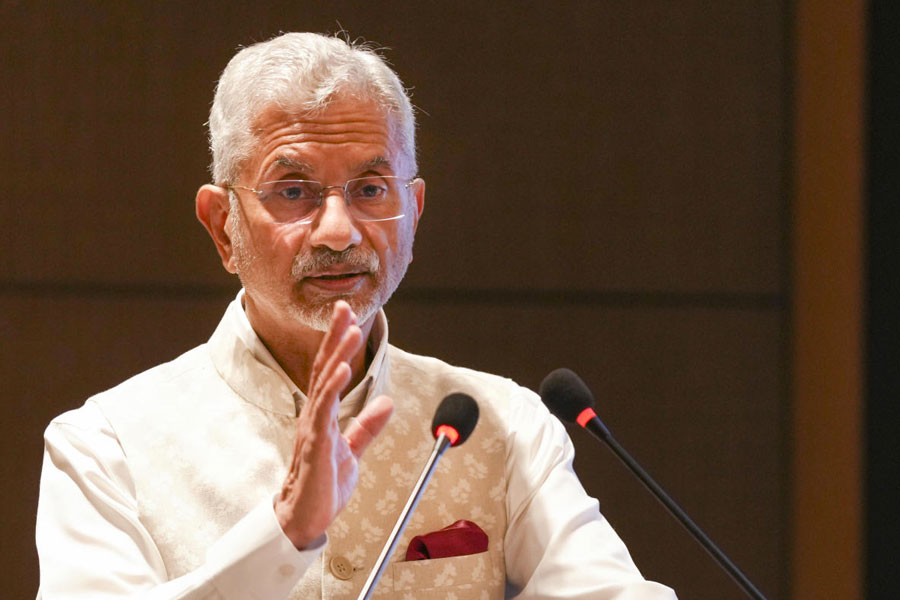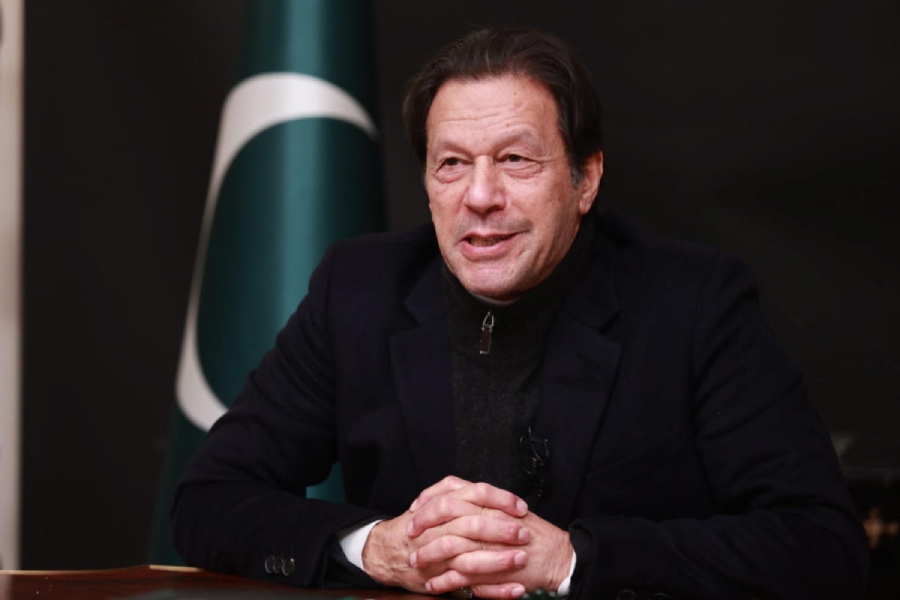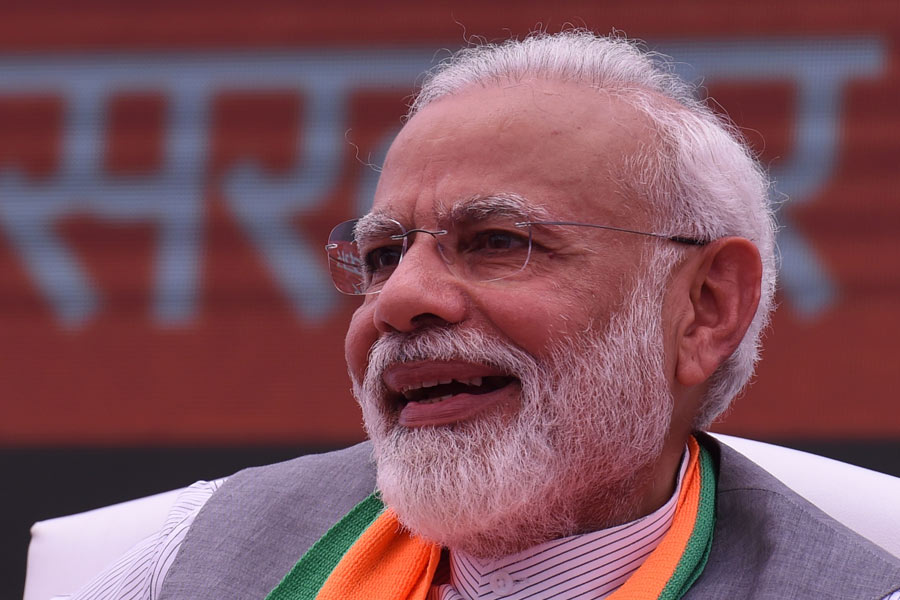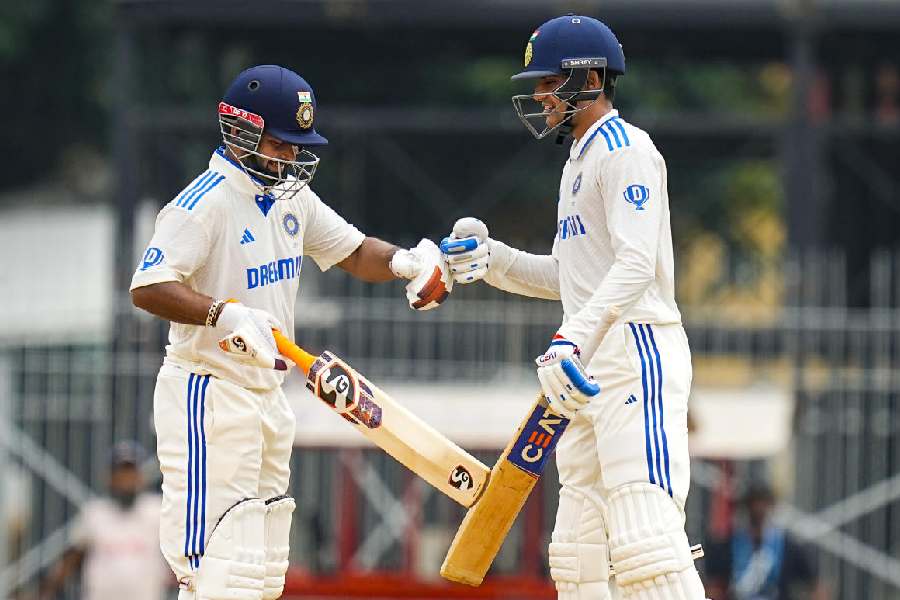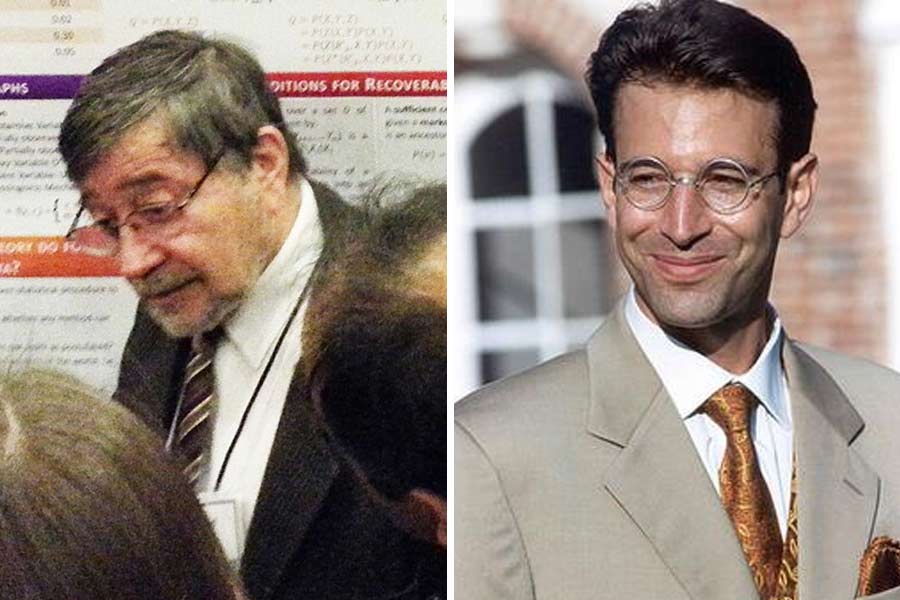 |
| College students visit Parliament on Thursday. (PTI) |
New Delhi, Sept. 5: Parliament is indeed “silently” shedding tears just as Lok Sabha Speaker Meira Kumar had said, it has been confirmed officially.
But if Meira was hoping the admission might shame the political parties off disruptions and chaos, she would be sorely disappointed.
The official report refers merely to water seeping through the 86-year-old building’s walls and not the shenanigans of members whom a distraught Meira yesterday accused of heaping “insult” on her.
Now, the central public works department is citing the report by the Central Building Research Institute, Roorkee, to claim that all is well with Parliament House except for seepage caused by poor plumbing.
That should leave the Lok Sabha secretariat, which functions under Meira, disappointed. It wants a new Parliament building constructed and its case would have been strengthened had the report revealed deep structural flaws.
This isn’t the first time that problems relating to the temple of democracy that initially seemed pregnant with meaning have proved a damp squib.
In May last year, the Rajya Sabha had to be adjourned over a stench. It later turned out that the air-handling units of the air-conditioners were too close to a block of toilets. The problem was fixed by opening the loo ventilators that had been sealed by security.
Two months later, the Lok Sabha secretariat — the custodian of Parliament House —wrote to the urban development ministry that the building was overburdened and a new one should be built.
Newspapers quoted Meira as saying the building was “silently weeping”.
Parliament House has indeed been groaning under the strain of additional constructions since British architect Herbert Baker built it in 1927.
An increase in the number of political parties, with each demanding a room with an attached bathroom, has led to a doubling of toilets from 24 to 48.
Space has had to be created for the staff in these party offices, sometimes with additional structures in the passages and stairways — one reason that Delhi’s fire services have refused a safety clearance to the building.
Add to that the hugely increased security since the December 2001 attack. Besides, as the lower House secretariat argued, the number of MPs was bound to increase at some point because of the population rise.
As a first step, the central public works department (CPWD) was asked to float a global tender to hire a foreign conservation consultant for the building.
Now, the Roorkee institute’s report, handed recently to the CPWD, says the building’s structural strength is sound, except that “moisture ingress through choked drains along sides of main gallery” is eroding the structure.
“Defective plumbing” has left “water leakage marks” and plaster has fallen off the ceiling at many places. Overflowing water tanks on the terrace have led to “corrosion of structural steel”.
Most of the ministers’ rooms, though, are safe with no “visible distress”. As for the fractures in the walls of rooms manned by the secretariat staff, the report has again blamed the seepage.
The survey, though, was not comprehensive. The institute was told to check every room but security officials denied it entry into many chambers, including the Prime Minister’s room No. 10.
The CPWD will now carry out extensive waterproofing following guidelines laid down by the Roorkee institute. Hiring a foreign conservation consultant has been ruled out and construction of a new building put on hold.
“There is nothing in the report which we ourselves cannot rectify, that too at a minimal cost,” a senior CPWD engineer said.


